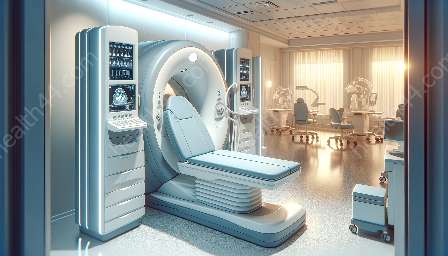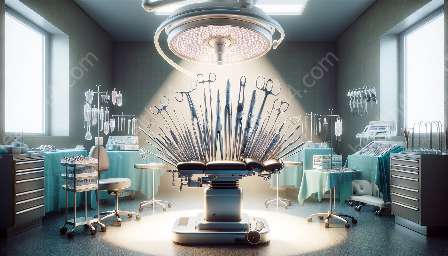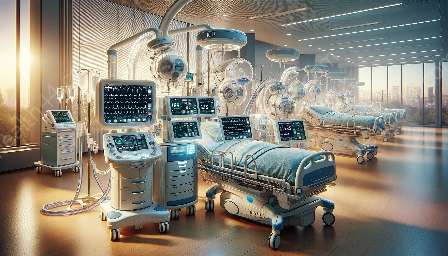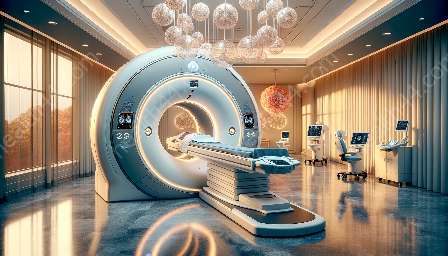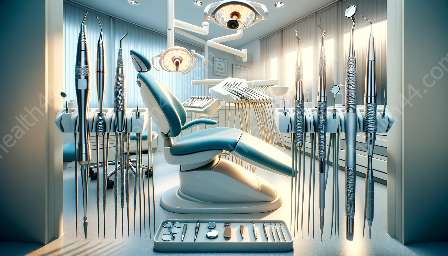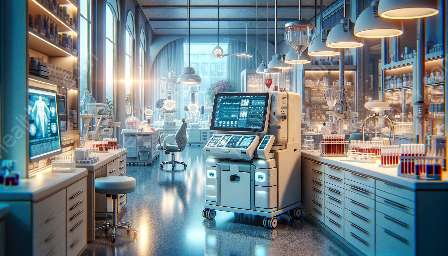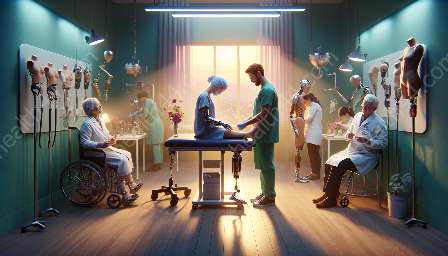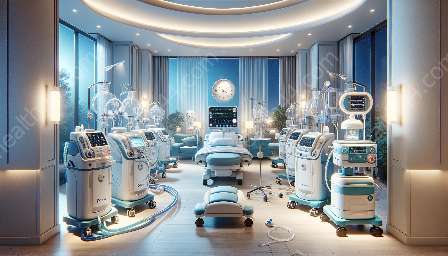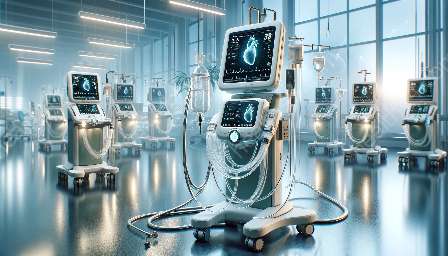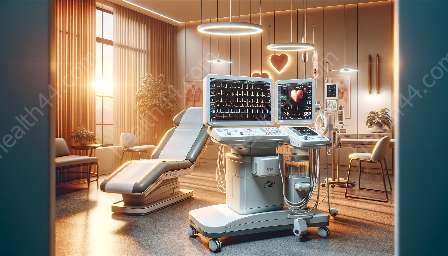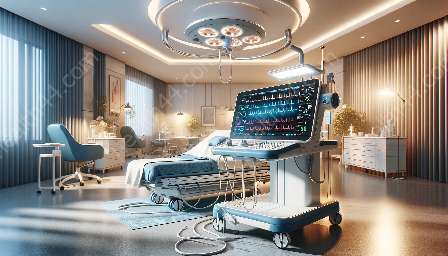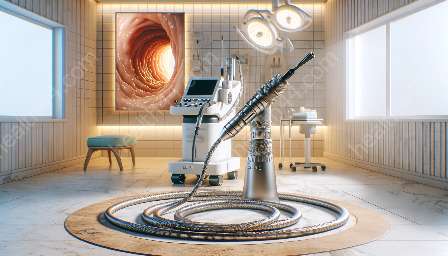Diagnostic equipment plays a vital role in modern healthcare, enabling accurate and efficient diagnosis of various medical conditions. This comprehensive guide provides an in-depth understanding of the key types of diagnostic equipment, their functions, and their impact on health and patient care.
The Importance of Diagnostic Equipment in Healthcare
Medical devices and equipment, including diagnostic tools, are critical assets in the healthcare industry. Diagnostic equipment refers to a wide range of instruments used for assessing and detecting medical conditions, providing healthcare professionals with valuable insights to make informed decisions about patient care.
Key Types of Diagnostic Equipment
1. Imaging Equipment: This category includes devices such as X-ray machines, MRI scanners, CT scans, and ultrasound machines. These tools allow medical professionals to visualize the internal structures of the body, aiding in the diagnosis of injuries, diseases, and abnormalities.
2. Laboratory Analyzers: These instruments are used to analyze various clinical samples, such as blood, urine, and tissue specimens. They provide essential data for identifying diseases, monitoring treatment effectiveness, and assessing overall patient health.
3. Point-of-Care Testing Devices: Also known as bedside or near-patient testing, these devices enable rapid on-site diagnostic testing, delivering immediate results and facilitating swift decision-making in emergency situations and critical care settings.
4. Diagnostic Endoscopy Equipment: Endoscopes are used to visualize internal organs and structures, allowing for minimally invasive examinations, biopsies, and treatments, thereby reducing the need for more invasive procedures.
5. Cardiac Diagnostic Equipment: This category encompasses tools for monitoring and evaluating cardiac function and health, such as ECG machines, stress test systems, and echocardiography devices.
Impact of Diagnostic Equipment on Health
Diagnostic equipment has revolutionized the field of healthcare by contributing to improved patient outcomes, early disease detection, and personalized treatment strategies. By enabling accurate and timely diagnosis, these tools play a pivotal role in enhancing the overall quality of healthcare delivery.
Enhancing Patient Care
Through the use of advanced diagnostic equipment, healthcare providers can offer more precise and targeted treatments, leading to better patient experiences and improved recovery rates. Early diagnosis facilitated by diagnostic tools supports the timely intervention and management of various medical conditions, ultimately benefiting patient health and well-being.
Driving Innovation and Research
The continuous advancements in diagnostic equipment have fueled research and development efforts, leading to the creation of cutting-edge technologies and diagnostic methodologies. This innovation-driven approach has significantly expanded the understanding of disease mechanisms and treatment modalities, paving the way for improved health outcomes.
Optimizing Healthcare Resources
Efficient utilization of diagnostic equipment results in streamlined healthcare processes, reduced hospitalization durations, and optimized resource allocation. By enabling accurate diagnoses and reducing the need for invasive procedures, these instruments contribute to cost-effective healthcare delivery and efficient utilization of medical resources.
Future Trends and Advancements in Diagnostic Equipment
Rapid advancements in technology, such as artificial intelligence (AI) and machine learning, are transforming the landscape of diagnostic equipment. AI-driven diagnostic tools are enhancing the accuracy and speed of diagnoses while also enabling predictive analytics for early disease prediction and intervention.
Furthermore, the integration of telemedicine and remote monitoring technologies is expanding the reach of diagnostic equipment, allowing for real-time diagnostics and consultations, especially in remote or underserved areas. This convergence of healthcare and technology is poised to revolutionize the accessibility and reach of diagnostic services, thus improving health outcomes on a global scale.
Conclusion
Diagnostic equipment is an indispensable component of the medical devices and equipment landscape, playing a crucial role in enhancing health outcomes, advancing medical research, and optimizing healthcare delivery. As technology continues to evolve, diagnostic equipment will remain at the forefront of innovation, driving improvements in patient care, and promoting overall well-being.

